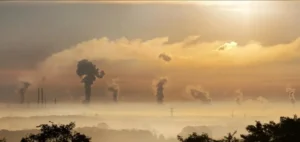Air Products will build two new large-scale carbon monoxide (CO) production plants in Texas, according to an announcement by the company. These plants will be located in La Porte and Texas City, will produce more than 70 million standard cubic feet of CO per day, and will be connected to the world’s largest CO pipeline system owned by Air Products on the Gulf Coast.
The company also signed new long-term CO supply contracts with LyondellBasell and Eastman Chemical Company. Both customers will be connected to these new facilities via Air Products’ expanding CO pipeline network and will benefit from the increased reliability of CO supply from the new La Porte and Texas City facilities.
Agreement with LyondellBasell and Eastman Chemical Company
CO production at La Porte will exceed 30 million standard cubic feet per day, with the vast majority supplied to LyondellBasell. The plant should be operational in 2024. Air Products also announced a long-term agreement to purchase syngas from LyondellBasell’s existing partial oxidation natural gas units, which will be used as part of the CO production process. This CO project will enable LyondellBasell to reduce its Scope 1 emissions. In addition, LyondellBasell and Air Products are collaborating on a carbon dioxide recovery project. Together, these projects will support LyondellBasell’s sustainability goals as outlined in its 2022 Sustainability Report.
In Texas City, the new facility will produce more than 40 million standard cubic feet of CO per day, with the vast majority supplied to Eastman. Once operational in 2026, this CO plant will be the largest single source of CO production in the world. As part of its ongoing efforts to improve supply reliability, Air Products will integrate this facility into its existing CO pipeline system by adding a new 35-mile connection in Texas City.






















